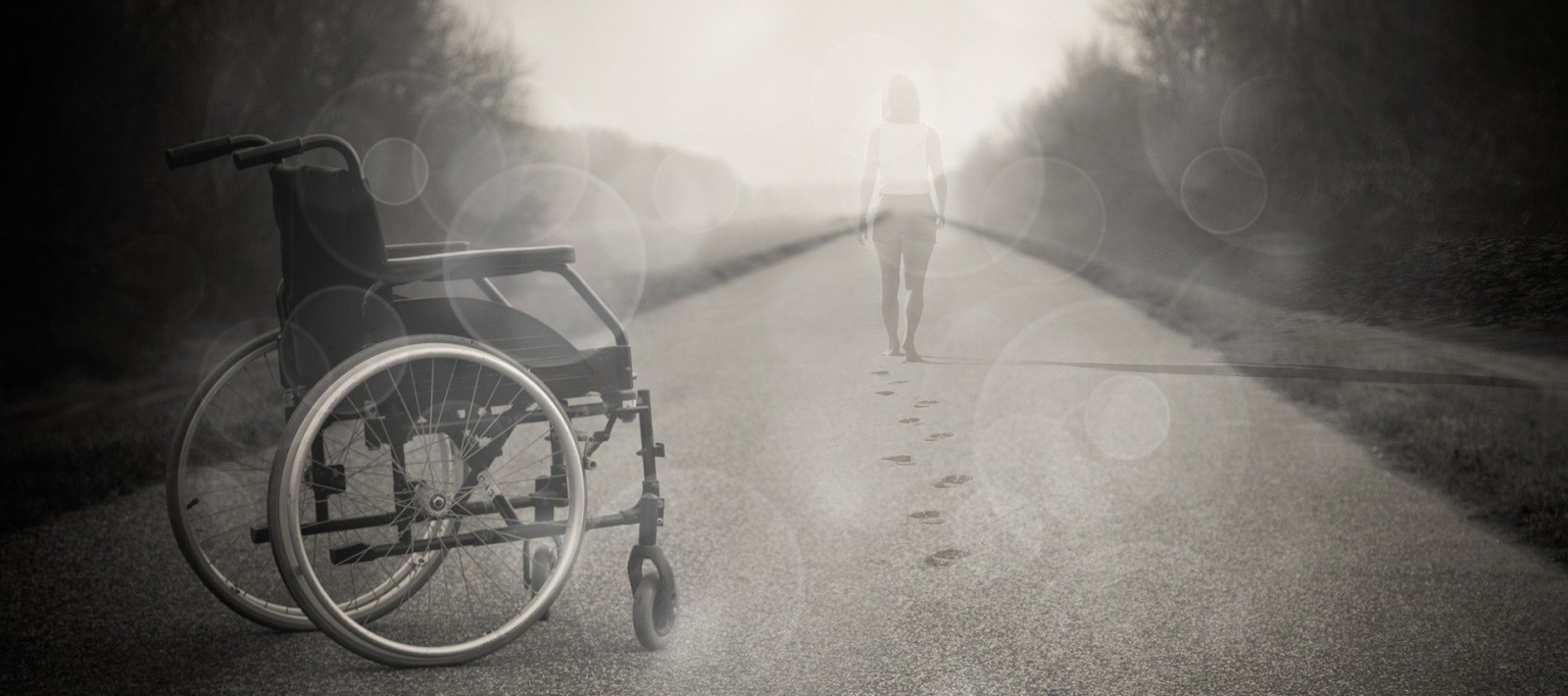
Physical disability has major consequences
There are 132 million people in the world unable to live on their feet due to a trauma, handicap or frailty (wheelchairfoundation.org). In response to their disability, these people are placed in wheelchairs. Consequently they become functionally dependent and stay inactive for the majority of the day. This state leads to depression, sarcopenia, increased dependency care needs and overall health degradation.






